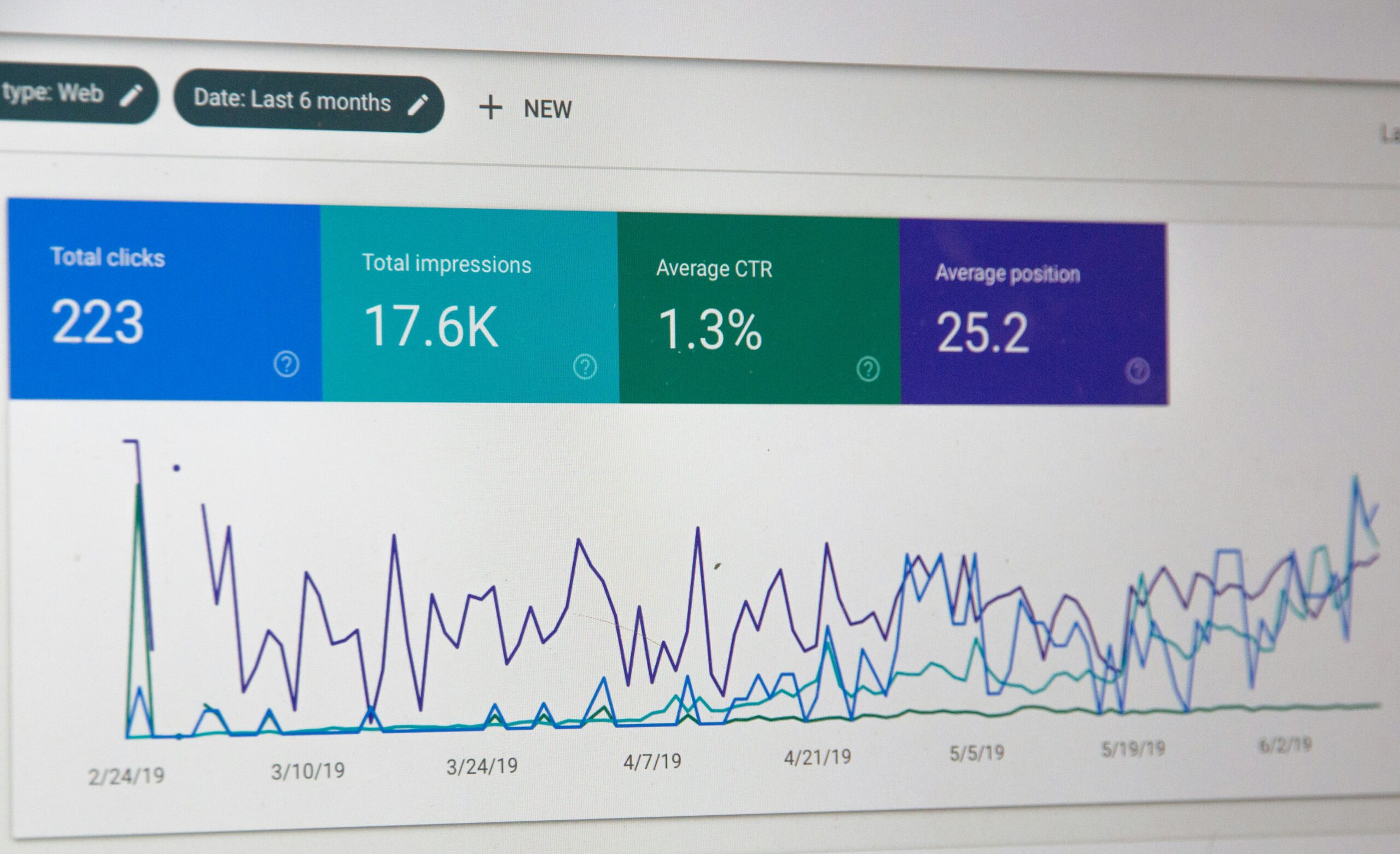Are clients leaving your website because it doesn’t work well on all devices? Professional responsive web design ensures user-friendly websites that adapt to any screen size, improving accessibility across computers and mobile devices. This article explores the fundamentals of responsive design, its business advantages, and real-world success stories. By understanding these concepts, businesses can overcome poor user experience, capture more opportunities, and boost engagement and revenue.
Key Takeaways
- Responsive web design enhances user experience across devices, improving engagement and satisfaction
- Employing flexible grid layouts ensures a consistent look and feel on all screen sizes
- Prioritizing mobile-first design leads to better user interaction and streamlined maintenance
- Continuous testing across devices helps avoid issues that negatively impact user engagement
- Performance optimization is critical for retaining visitors and boosting conversions on websites
Understanding the Fundamentals of Professional Responsive Web Development

Professional responsive web development focuses on creating fluid web designs that adapt to various screen sizes and devices. Key components include using HTML, CSS, and JavaScript to ensure seamless functionality. Understanding the principles behind these technologies helps businesses craft an effective online proposition that enhances user experience and engagement, driving better results.
Defining Professional Responsive Web Development and Its Key Components
Professional responsive web development involves creating websites that automatically adjust to different screen sizes and devices, enhancing user experience. Key components include using a grid system, which helps designers organize content for various resolutions, and implementing progressive enhancement to ensure all users receive a functional experience, regardless of their device capabilities. Research shows that prioritizing these elements reduces the complexity of web design and contributes to a stronger online presence.
Key Principles That Drive Successful Responsive Designs
Successful responsive designs are built on a few key principles that improve both functionality and user interaction on web pages. One important principle is the fluid grid layout, which allows graphics and content to resize dynamically, ensuring a consistent look across devices. Furthermore, using appropriate programming languages to optimize for touchscreen devices enhances the user experience, especially in contexts like the point of sale, where ease of navigation is crucial for customer satisfaction.
The Role of HTML, CSS, and JavaScript in Responsive Web Development
HTML, CSS, and JavaScript are essential building blocks in responsive web development. HTML structures the content, while CSS manages the design to adapt at different breakpoints, ensuring device usability. JavaScript, particularly with libraries like jQuery, enhances interactivity, making it easier for users to navigate websites. This becomes crucial in the realm of educational technology, where engaging user experiences can lead to better learning outcomes.
Analyzing the Business Benefits of Professional Responsive Web Development

Responsive web development significantly impacts user experience and engagement by ensuring websites operate effectively on all devices. It also enhances search engine visibility, attracting more traffic through optimized mobile web design. Furthermore, this approach provides cost-effectiveness and maintenance advantages, making it easier for businesses to manage their online presence with fewer resources. Each of these elements contributes directly to better user experience design and overall satisfaction.
Impact on User Experience and Engagement
Responsive web development plays a vital role in enhancing user experience and engagement by focusing on image scaling and fluid design. When users access a website on a mobile device, they expect a seamless interface that adjusts to their needs. Using clean markup language ensures that content displays correctly, providing a better overall experience, which can lead to increased user satisfaction and retention.
- Responsive design improves accessibility on various devices.
- Image scaling ensures visuals are optimized and clear.
- A user-friendly interface encourages longer visits to sites.
Enhancing Search Engine Visibility With Responsive Design
Responsive design greatly improves a brand’s visibility in search engine results. When websites have a user interface that adapts seamlessly to various devices, they make it easier for users to scroll and find information, leading to longer visit durations. This positive experience encourages search engines to rank the site higher, ensuring that businesses capture more interest and traffic.
Cost-Effectiveness and Maintenance Advantages
Responsive web design brings significant cost-effectiveness and maintenance benefits for businesses by ensuring scalability across devices. With one streamlined workflow, a single website can function seamlessly on desktops, tablets, and mobile devices, reducing the need for separate sites. This approach simplifies user interface design, allowing companies to allocate resources more efficiently, ultimately enhancing their interactive design capabilities:
- One site works for all device types.
- Reduced need for ongoing maintenance on multiple platforms.
- Resource optimization through a unified design approach.
Exploring User-Centric Design in Professional Responsive Web Development

User-centric design is crucial in professional, responsive web development. A mobile-first design approach ensures optimal performance on all devices, enhancing user experience. Techniques for ensuring accessibility across different operating systems improve engagement while implementing user feedback based on analytics, which is vital for refining page layout and responsiveness. Each of these elements drives a website’s effectiveness and user satisfaction.
Importance of Mobile-First Design Approaches
The mobile-first design approach is essential for ensuring websites perform optimally in a mobile browser. By prioritizing mobile users, web developers can create layouts that adapt to varying viewport sizes, resulting in a more functional site. This method simplifies the transition to responsive design, enabling consistent user experiences whether on a smartphone or desktop, thus enhancing user satisfaction and engagement:
Techniques for Ensuring Accessibility Across Devices
Ensuring accessibility across devices is a fundamental technique in user-centric design for responsive web development. A web developer’s knowledge of graphic design and usability principles is essential when creating interfaces that cater to various clients and their devices. For instance, implementing adjustable font sizes and user-friendly navigation menus can greatly enhance the experience for users accessing the site on different platforms, ultimately leading to higher engagement and satisfaction in a diverse digital landscape.
Implementing User Feedback to Improve Responsiveness
Implementing user feedback is vital for improving the responsiveness of websites, particularly in the context of adaptive web design. By analyzing how the target audience interacts with various elements, such as cursor placement and typography, developers can make informed adjustments to enhance accessibility. For example, simplifying navigation based on user preferences can lead to a more intuitive experience, ensuring that all visitors find the information they need quickly and easily.
Advancing Your Project With Best Practices in Responsive Web Development

Understanding the common pitfalls in responsive design helps prevent common mistakes that can hinder user experience. Utilizing tools and frameworks, like media queries, aids developers in creating adaptable layouts. This section will also cover techniques for testing and analyzing responsive websites, ensuring that they function effectively across various devices and navigators, ultimately enhancing project outcomes.
Common Pitfalls to Avoid in Responsive Design
One of the common pitfalls in responsive design involves neglecting the importance of testing on various devices. Developers must ensure that websites function smoothly across all screen sizes, as overlooking this can lead to a frustrating user experience. Additionally, improperly scaling images can result in slow loading times, potentially driving users away. By focusing on these aspects, businesses can avoid potential user dissatisfaction and maximize the benefits of professional, responsive web development.
Tools and Frameworks That Aid in Professional Development
Using the right tools and frameworks is essential for professional responsive web development. Popular frameworks like Bootstrap and Foundation provide pre-designed components that help streamline the development process and ensure consistency across different screen sizes. By leveraging these resources, developers can reduce the time spent on building layouts, allowing them to focus on creating an engaging user experience that meets client needs effectively.
Techniques for Testing and Analyzing Responsive Websites
Testing and analyzing responsive websites is a key practice in professional web development, ensuring that sites function well on various devices. Tools like browser developer tools and online services such as BrowserStack allow developers to view how a site displays across different screen sizes and browsers. Regular testing helps to identify issues such as layout inconsistencies and loading speed delays, enabling quick fixes that enhance user experience and satisfaction:
Conclusion
Professional responsive web development is essential for businesses seeking to enhance user experience and engagement across devices. By implementing responsive design principles and prioritizing mobile-first approaches, companies can maximize their online presence and visibility in search engines. This development strategy not only streamlines maintenance but also ensures websites operate effectively, increasing user satisfaction and retention. Embracing these practices leads to improved traffic and conversions, highlighting the undeniable value of responsive web development in today’s digital landscape.
